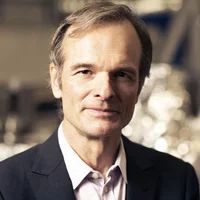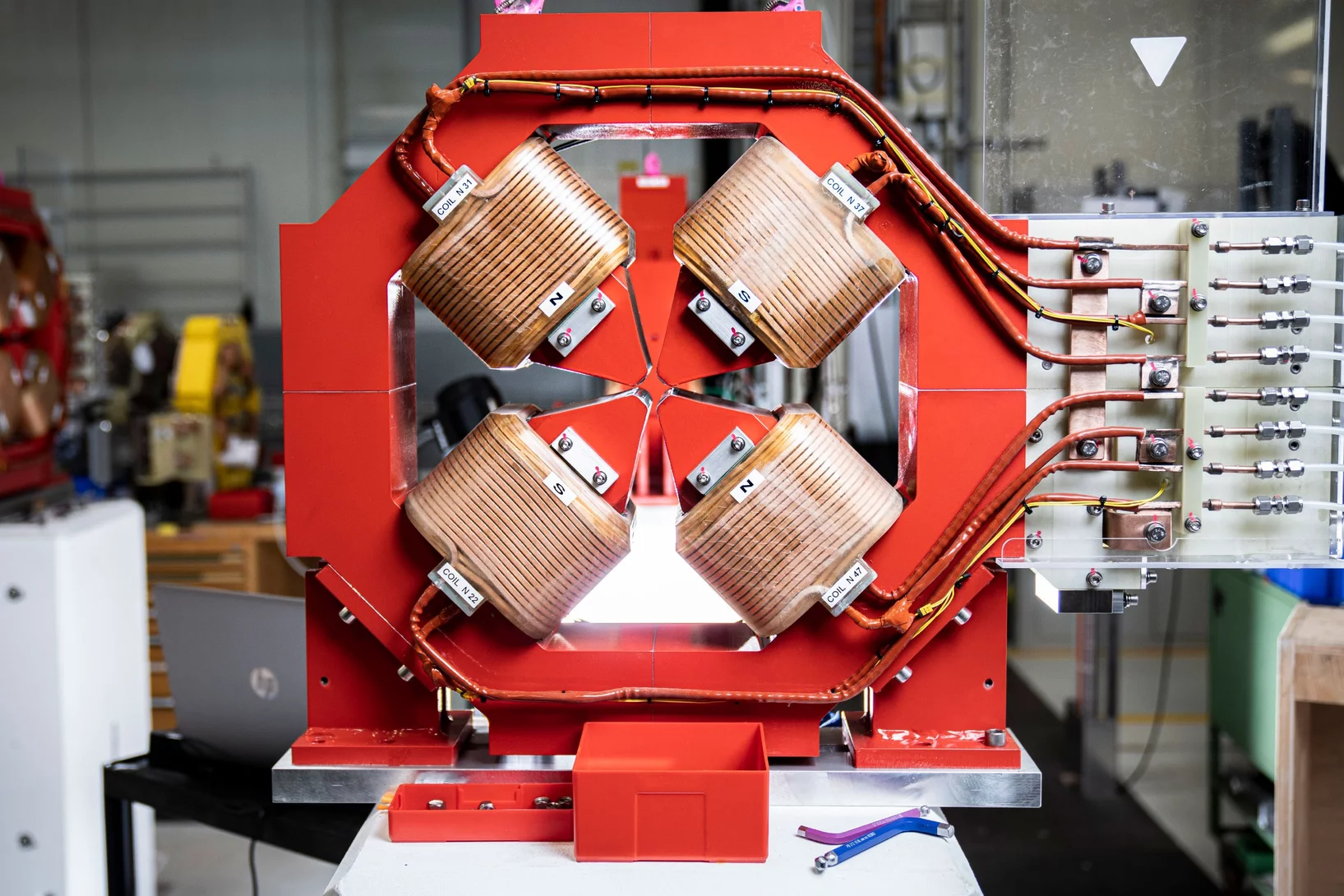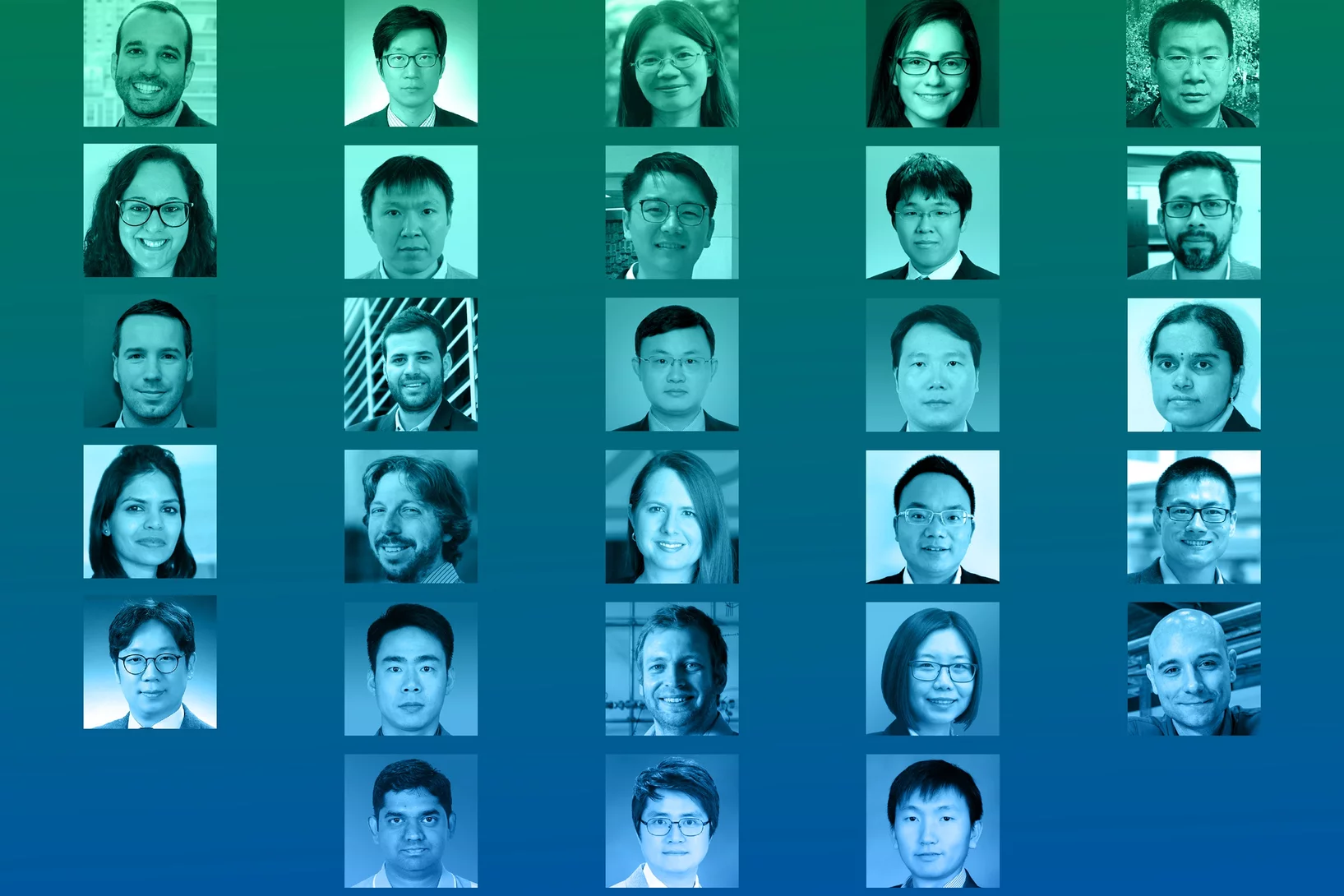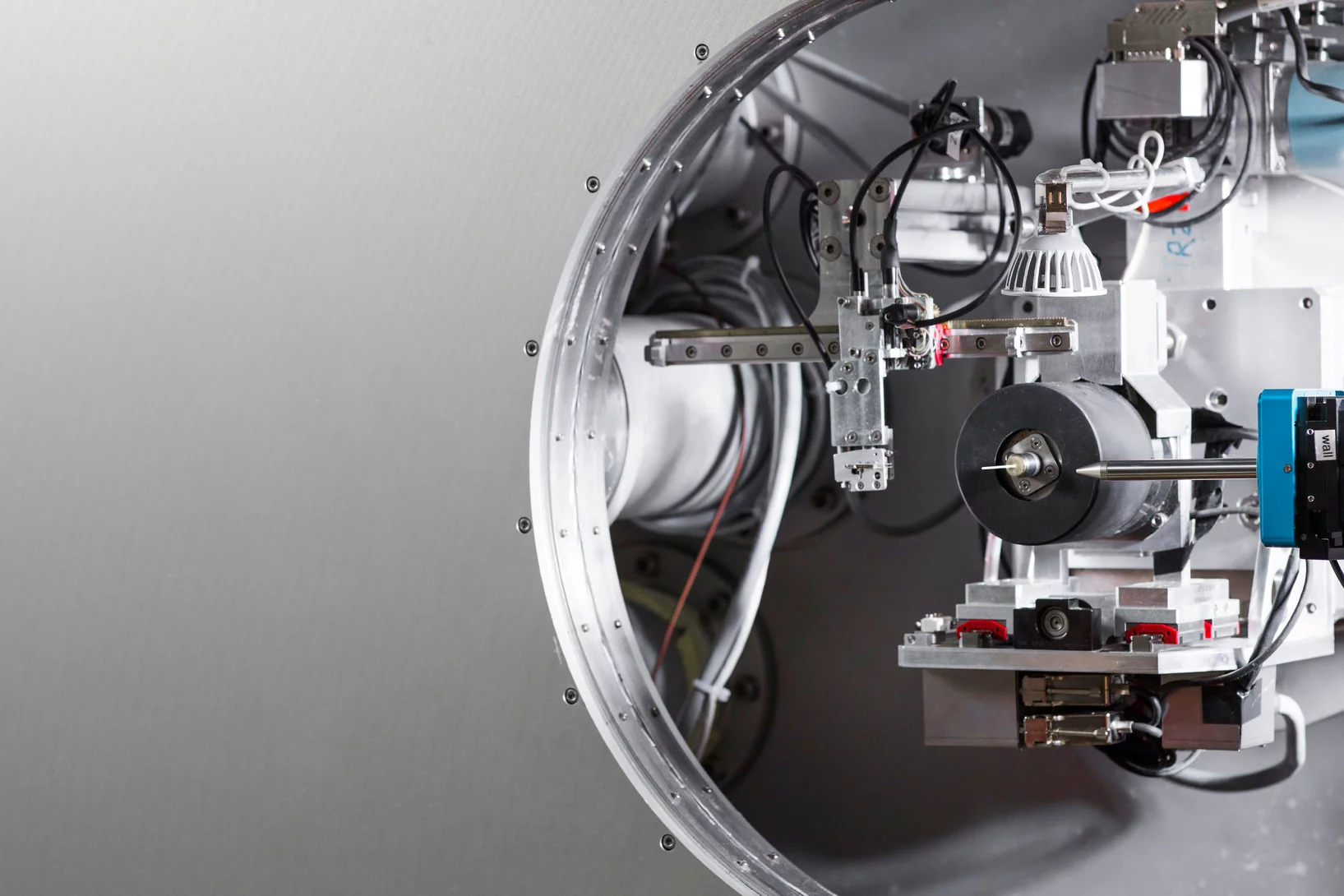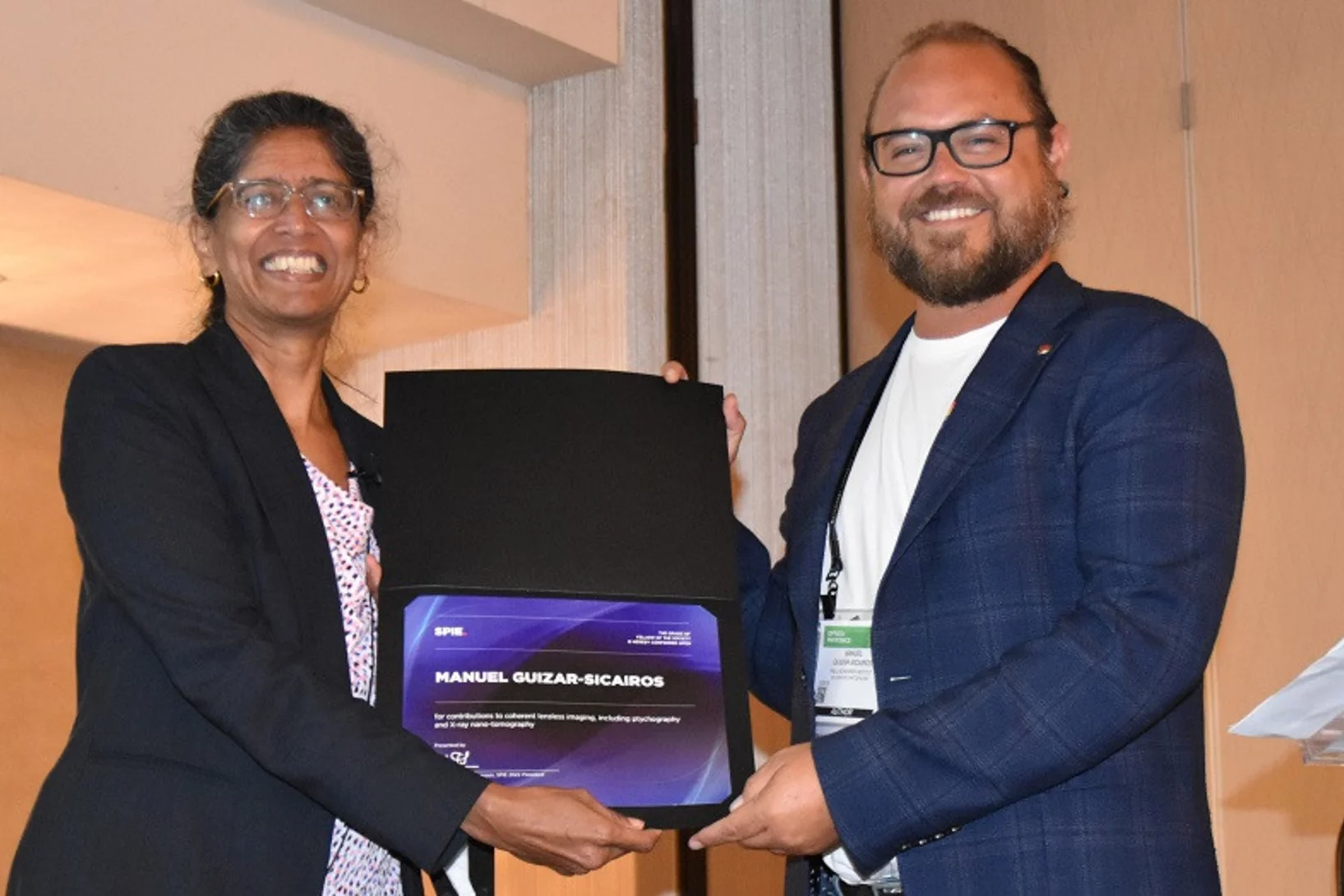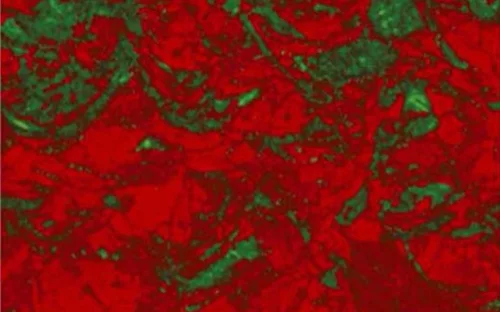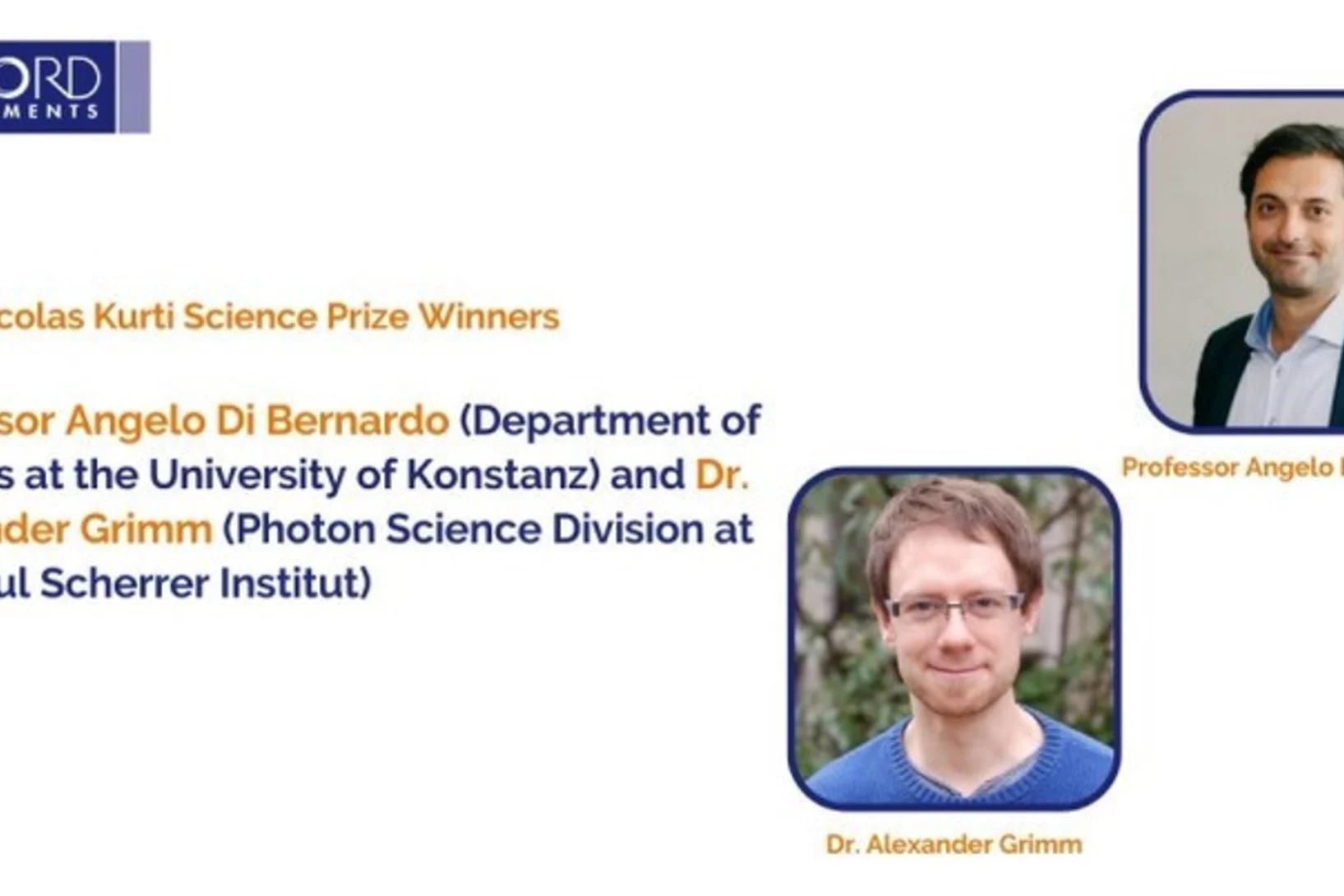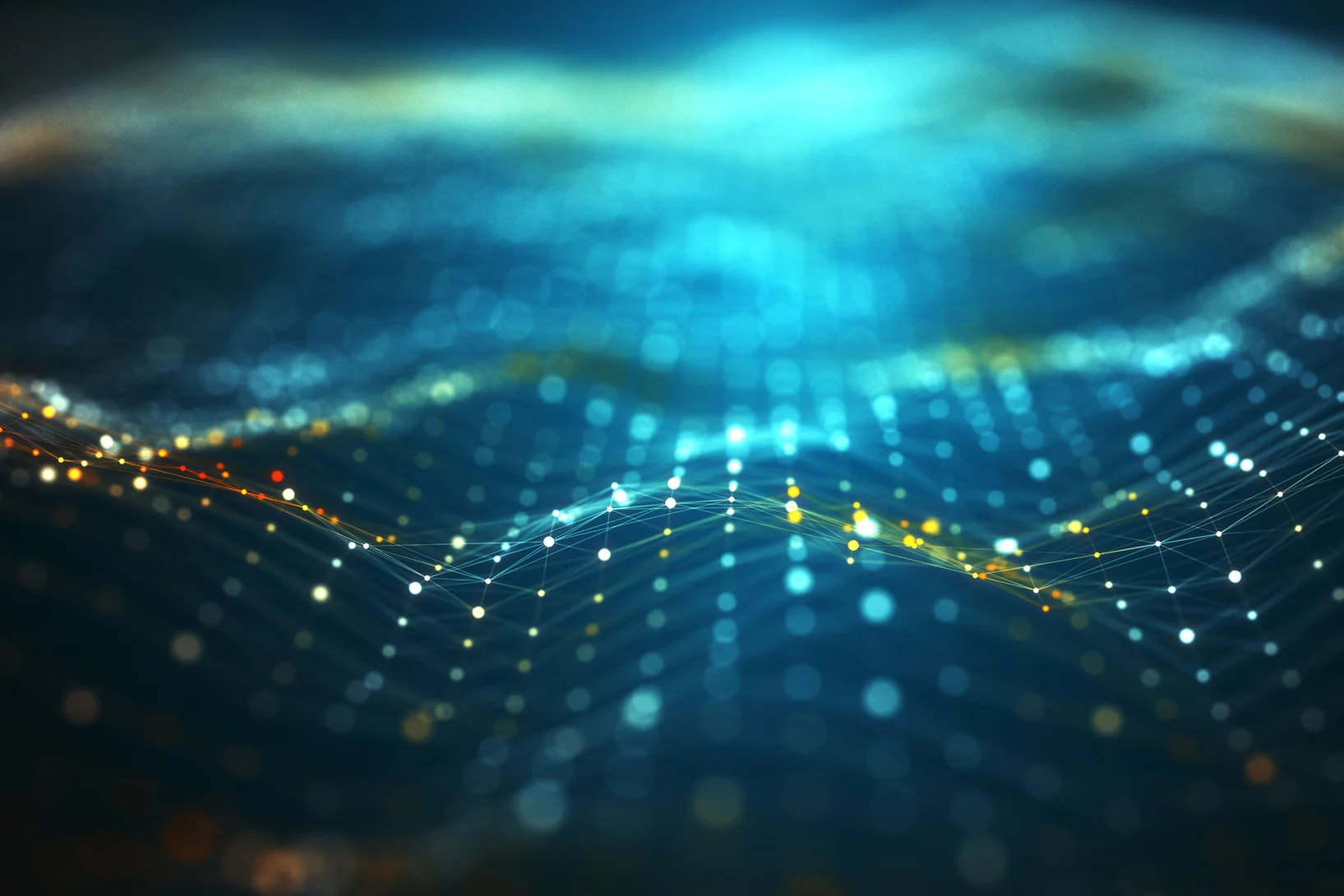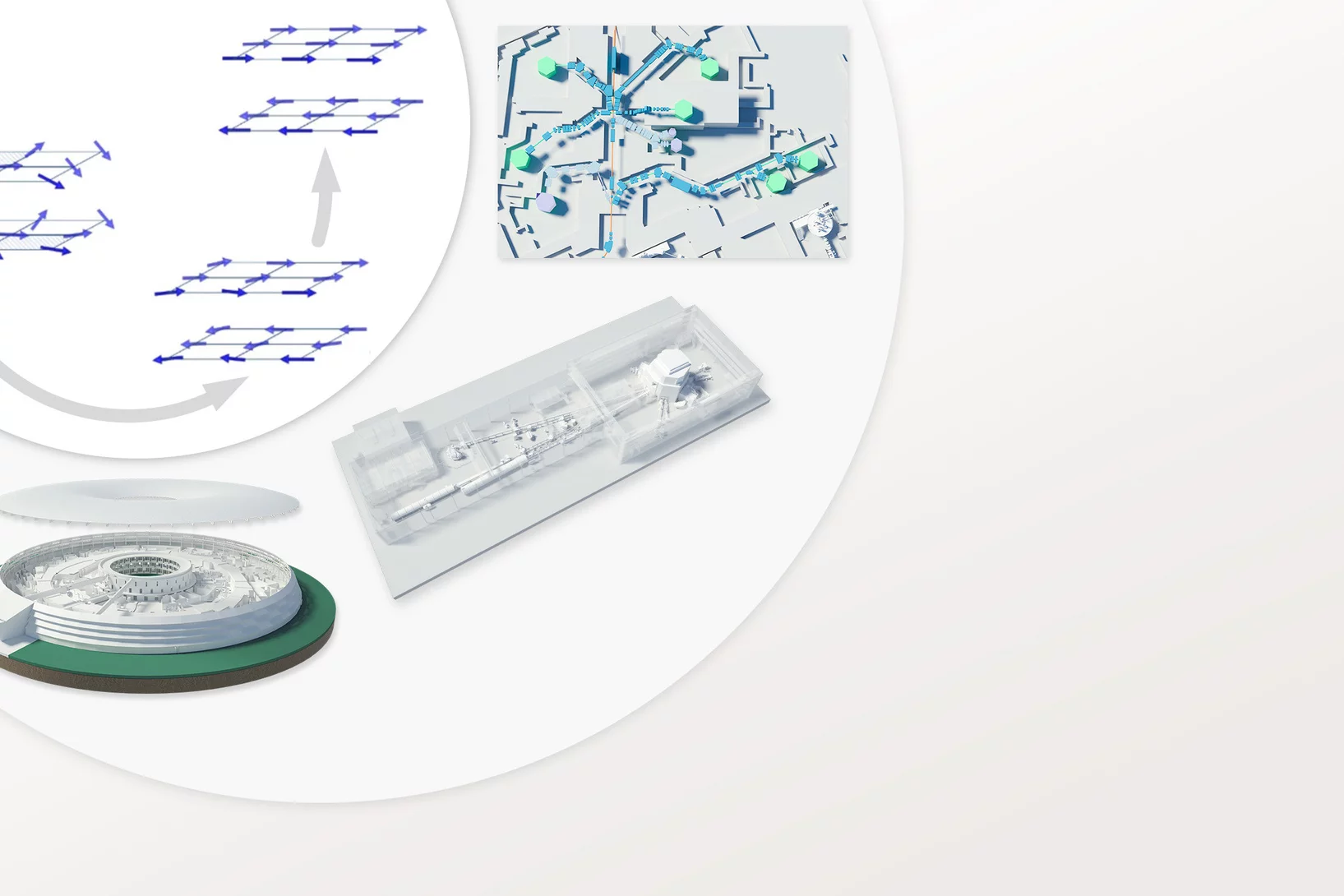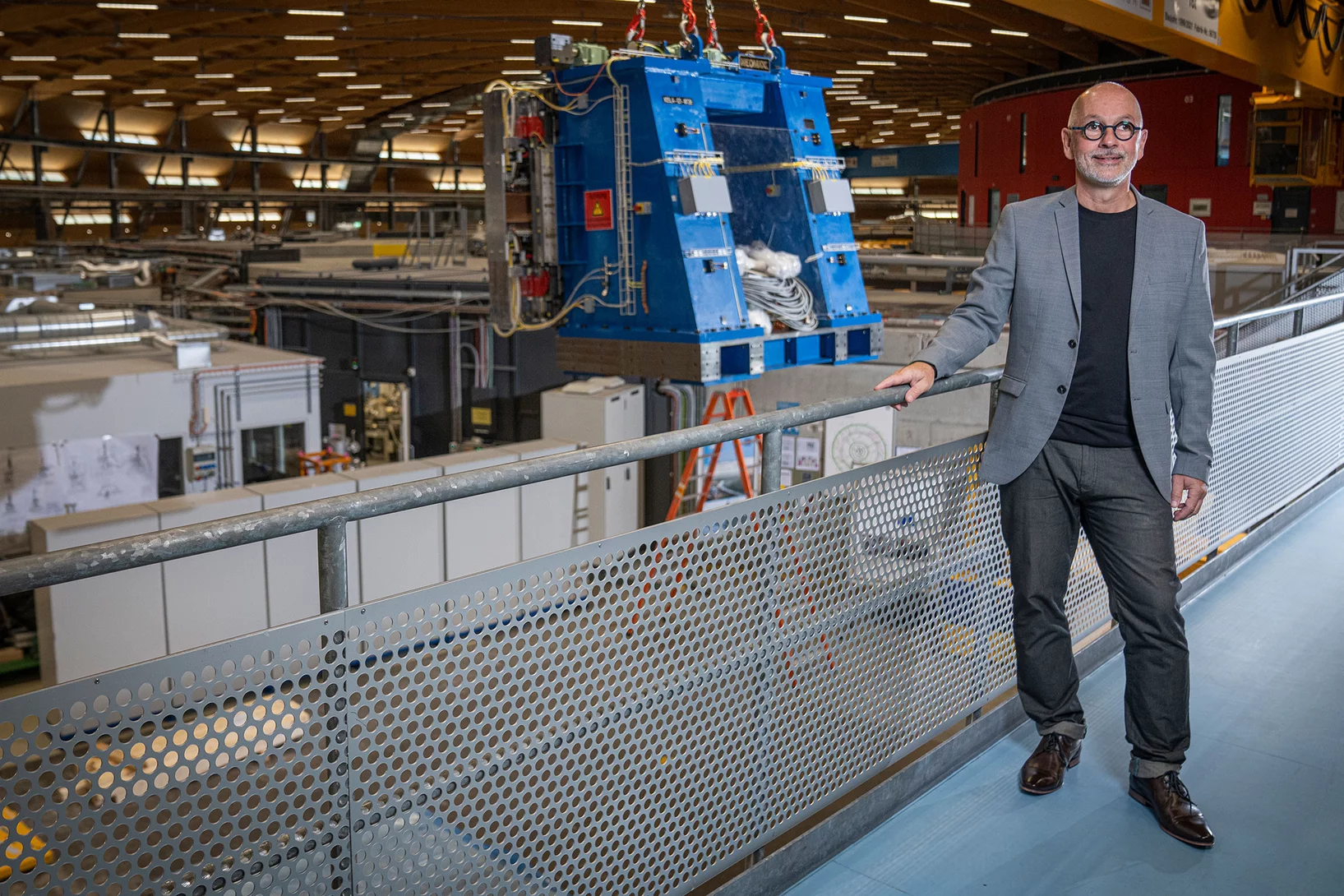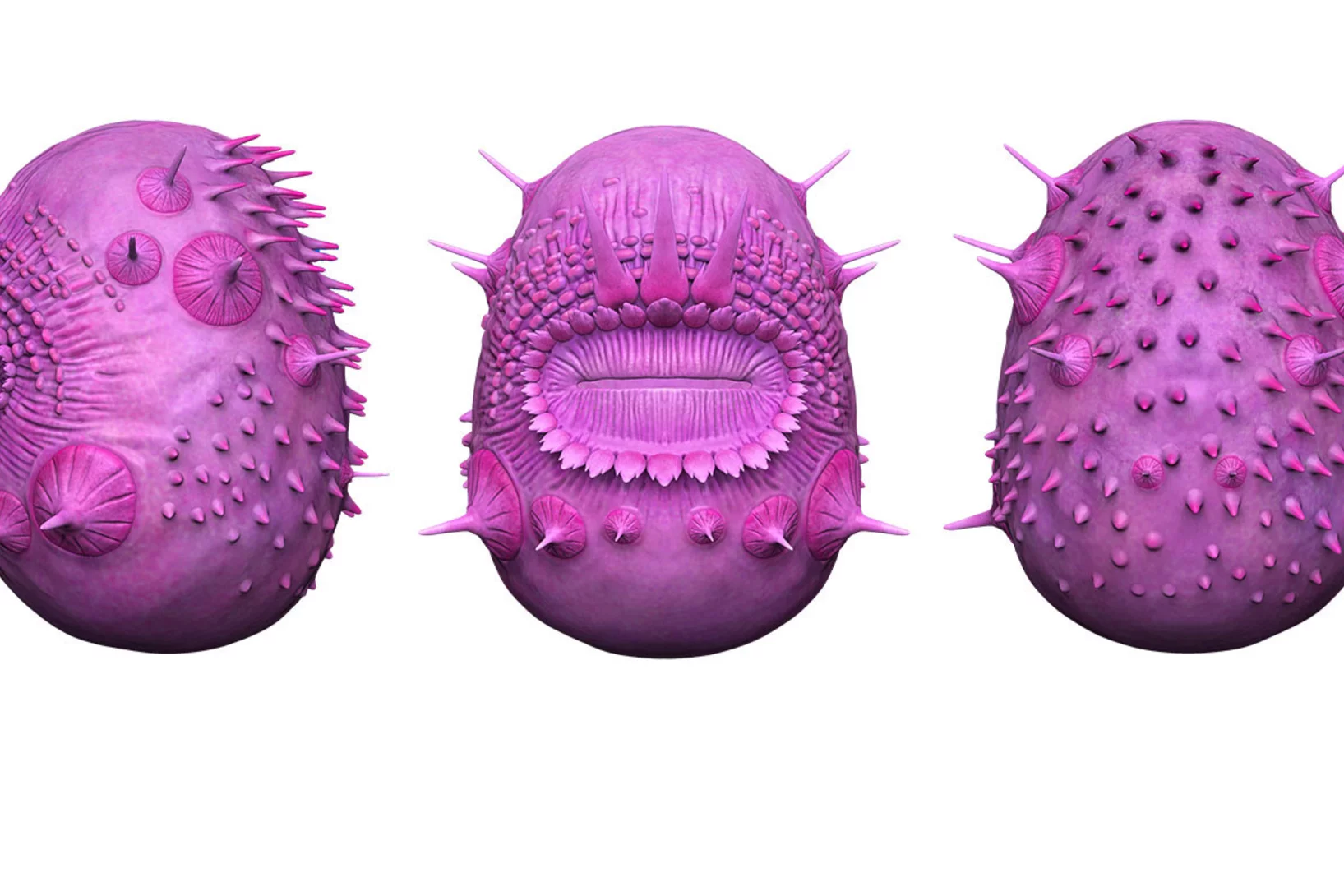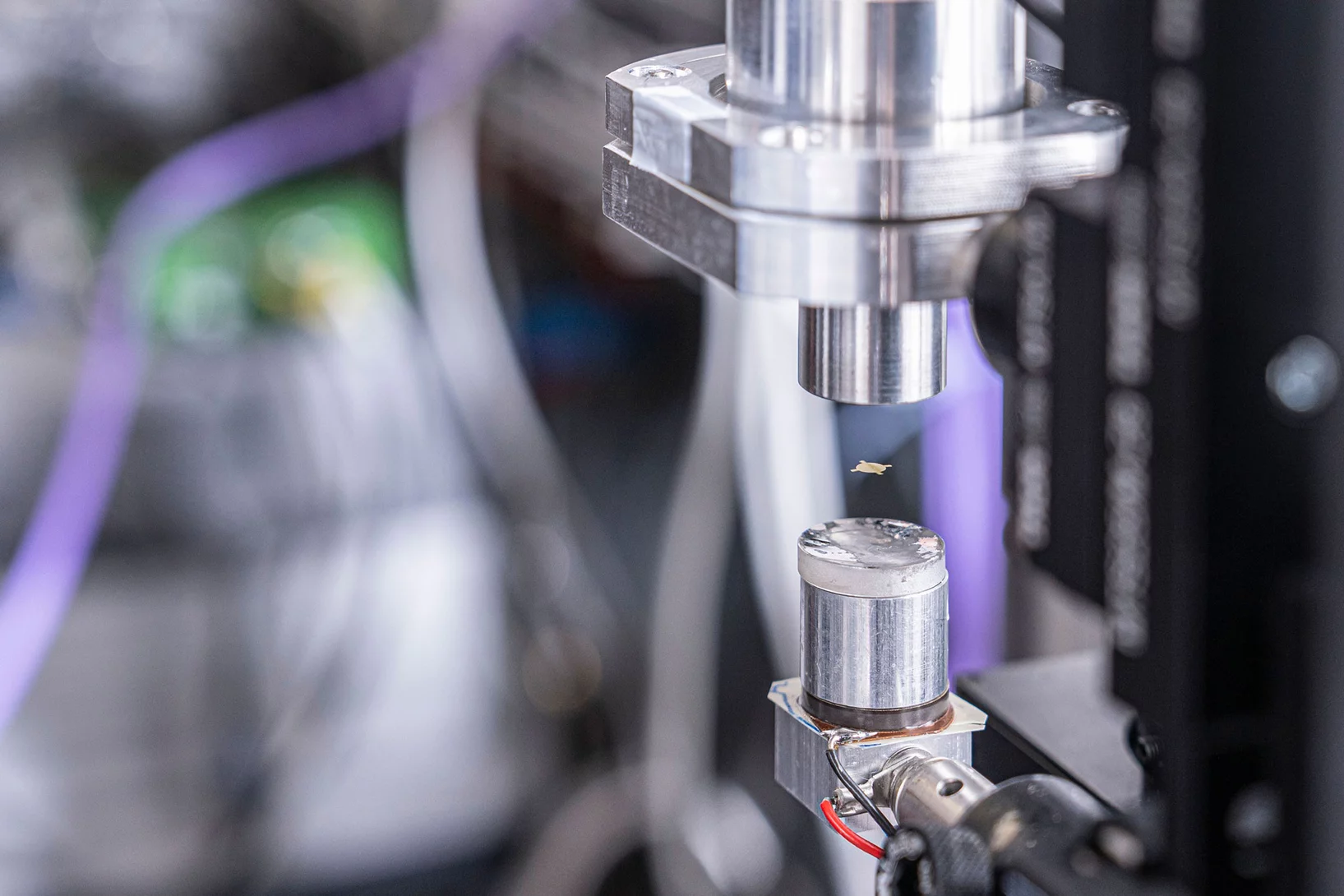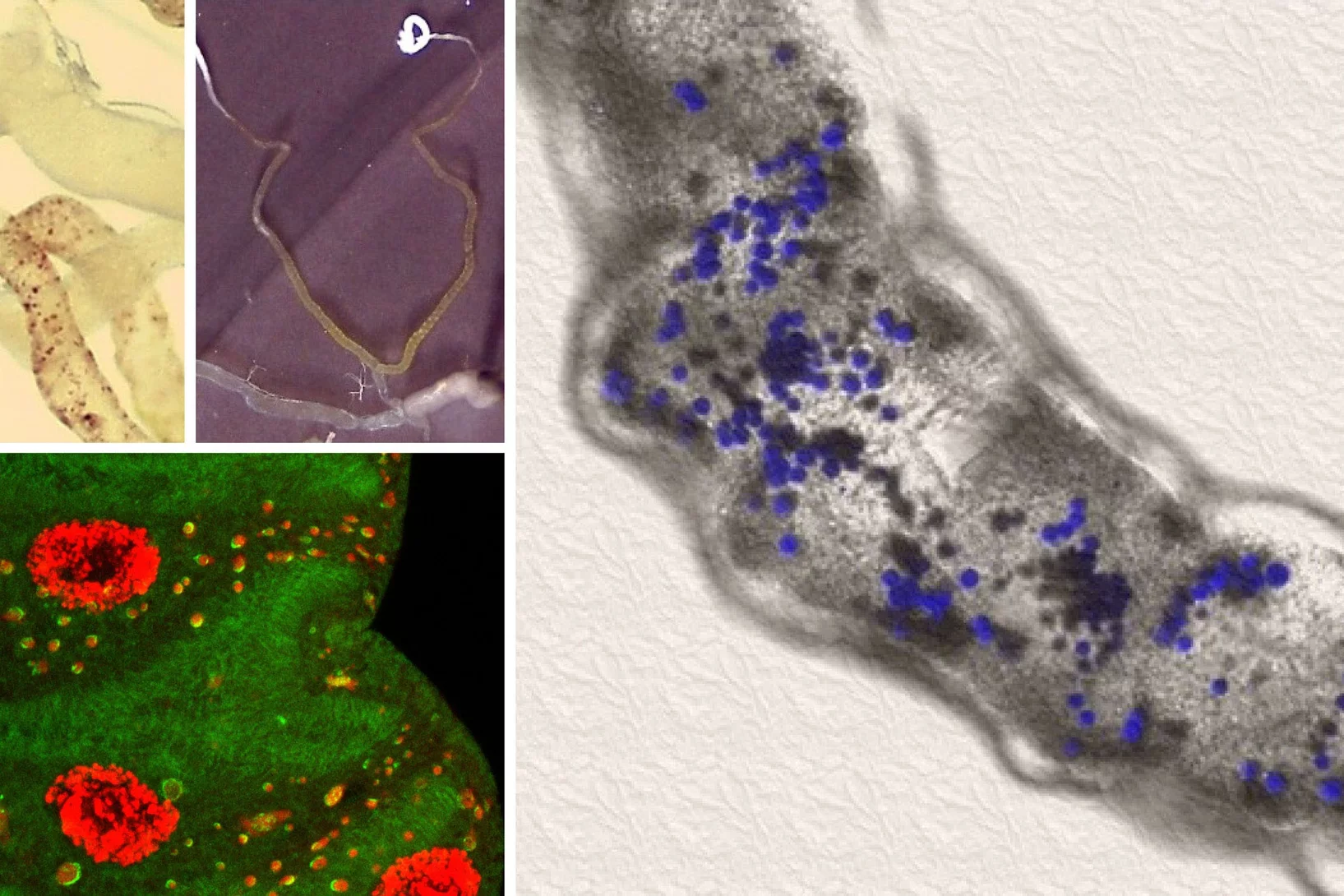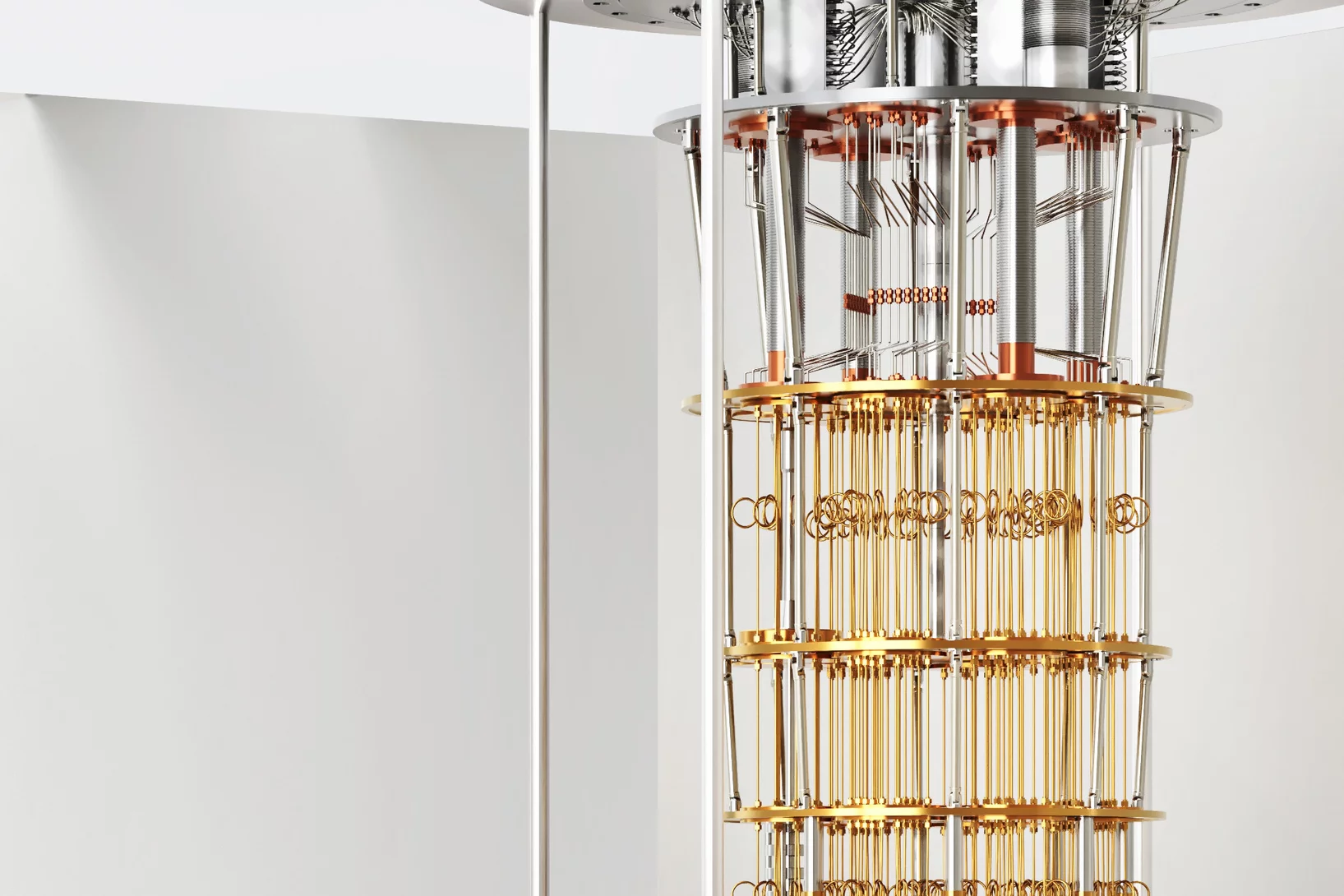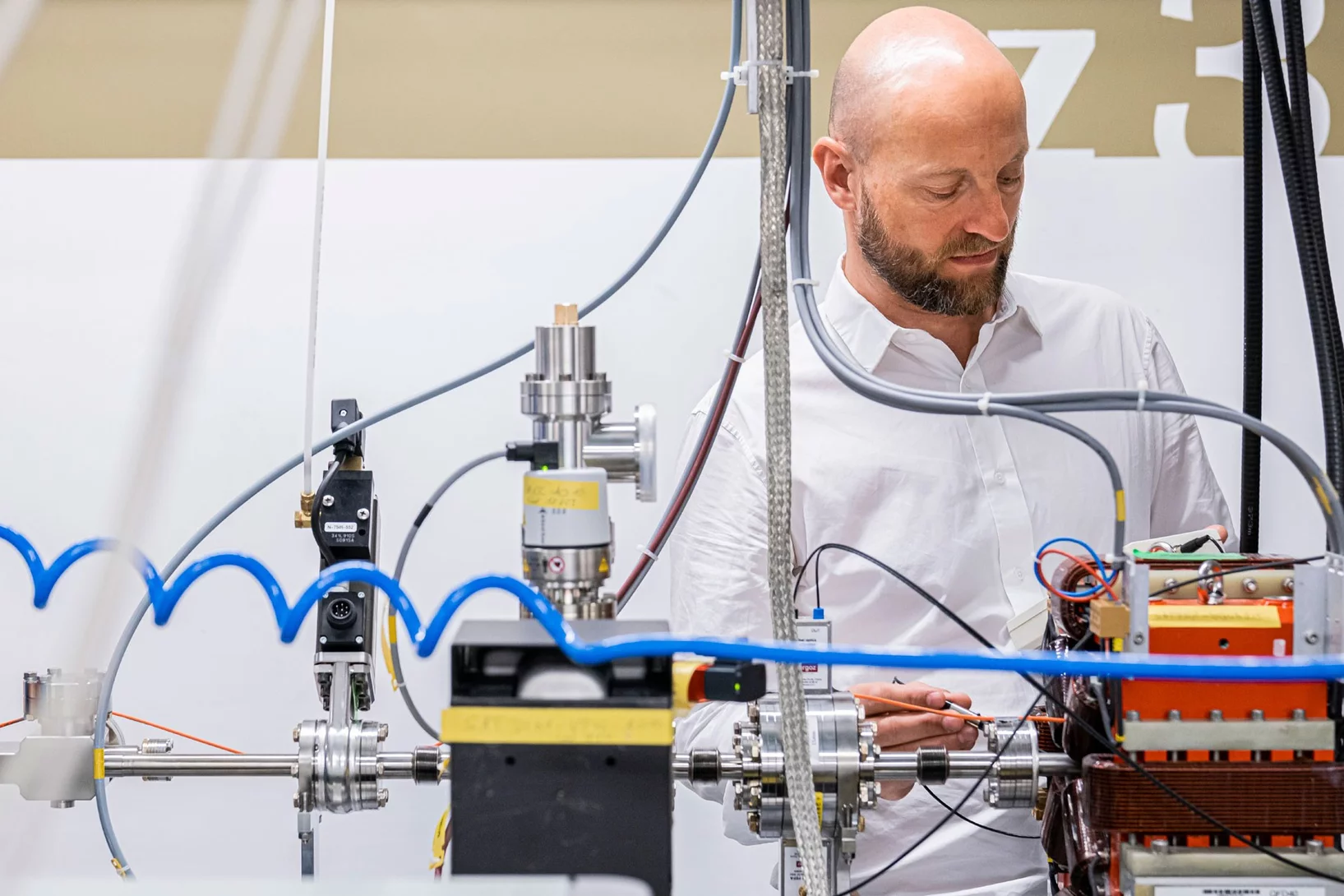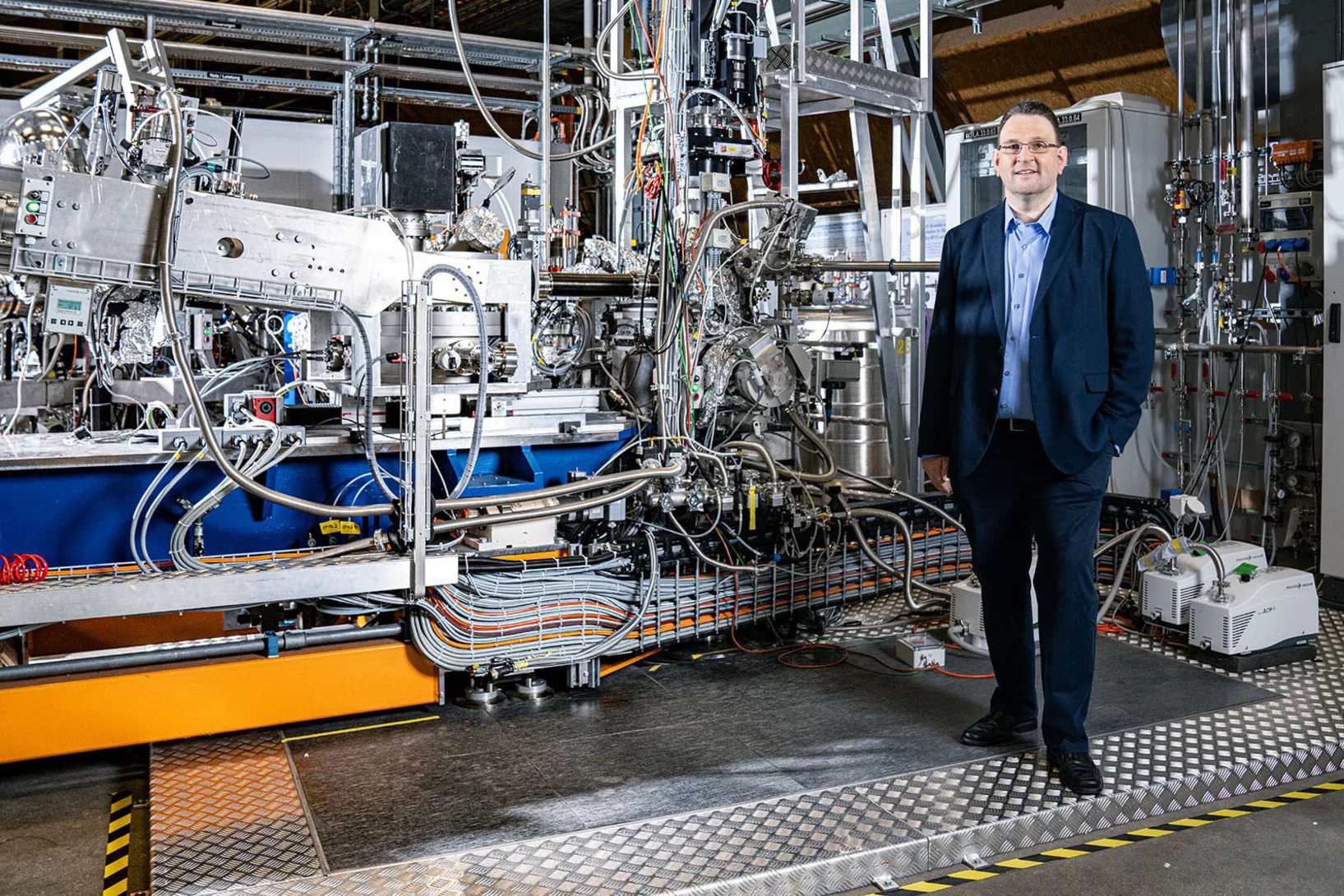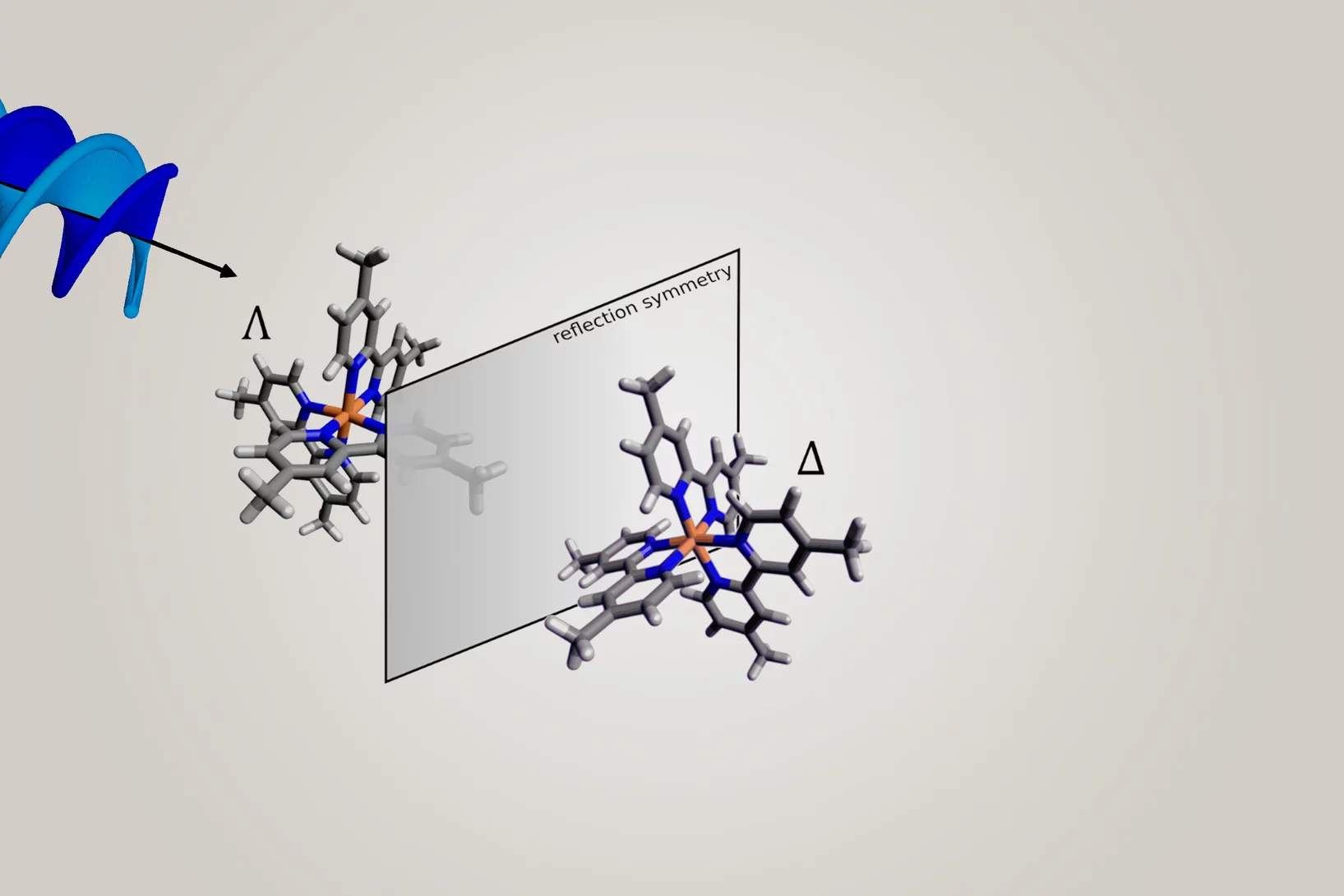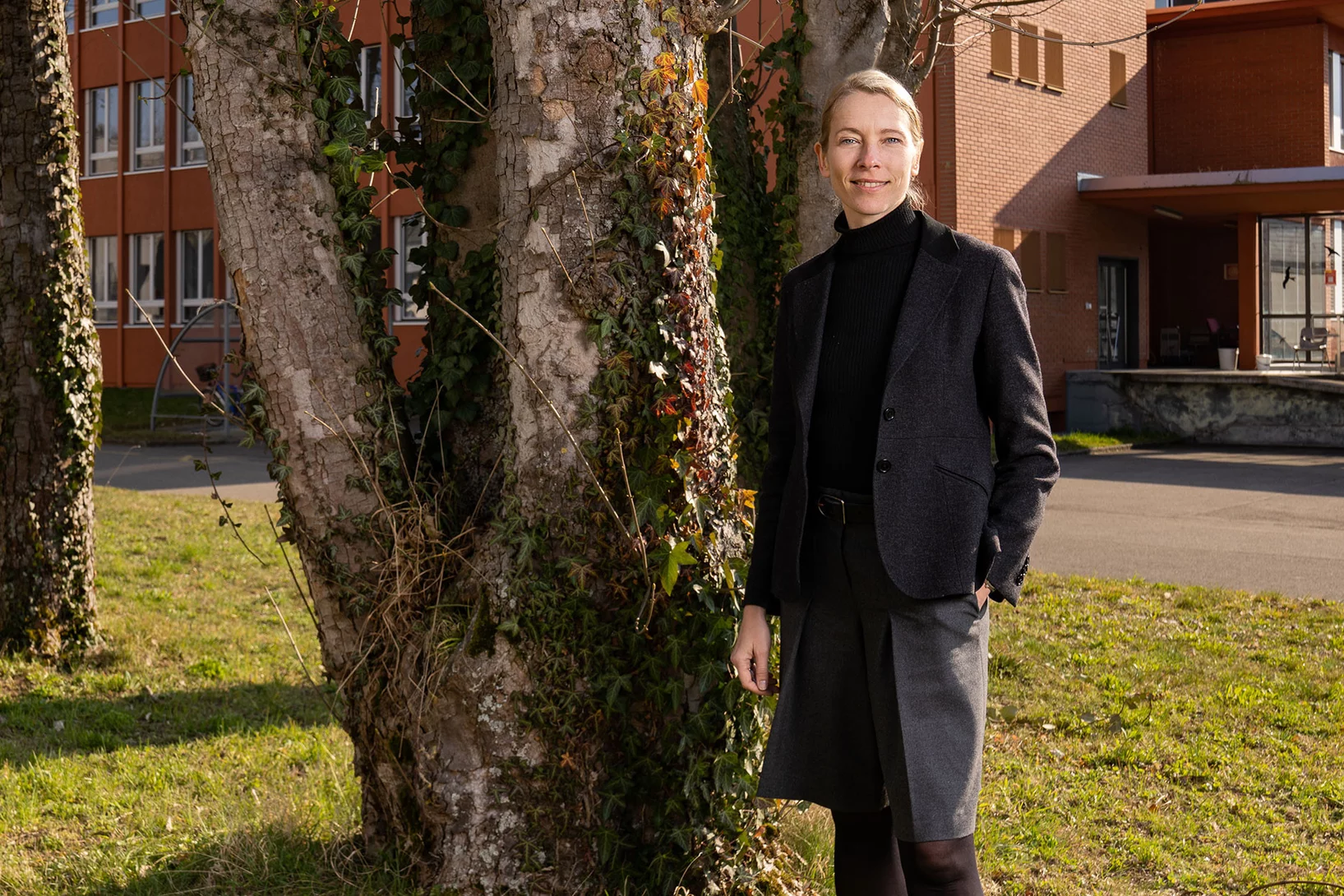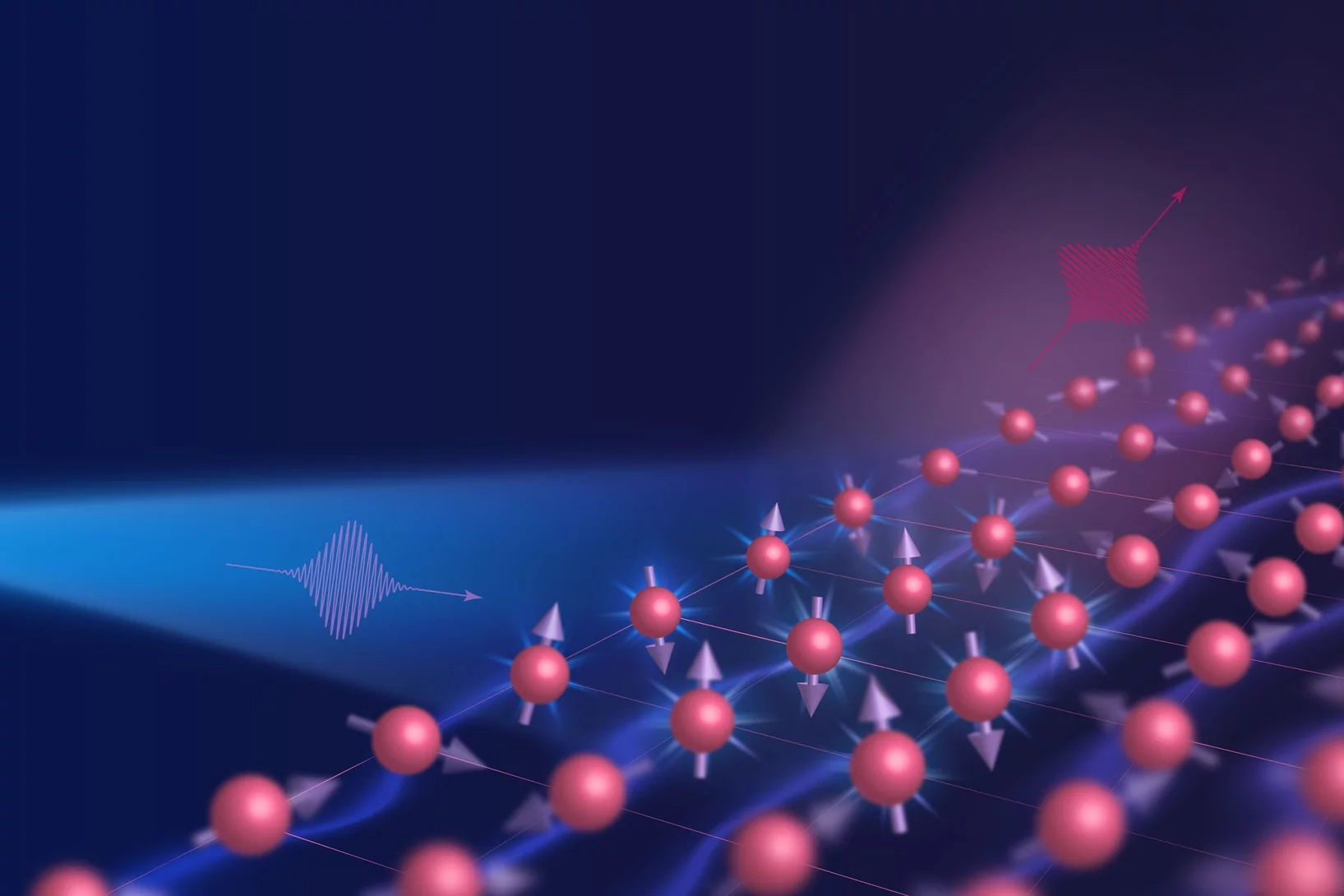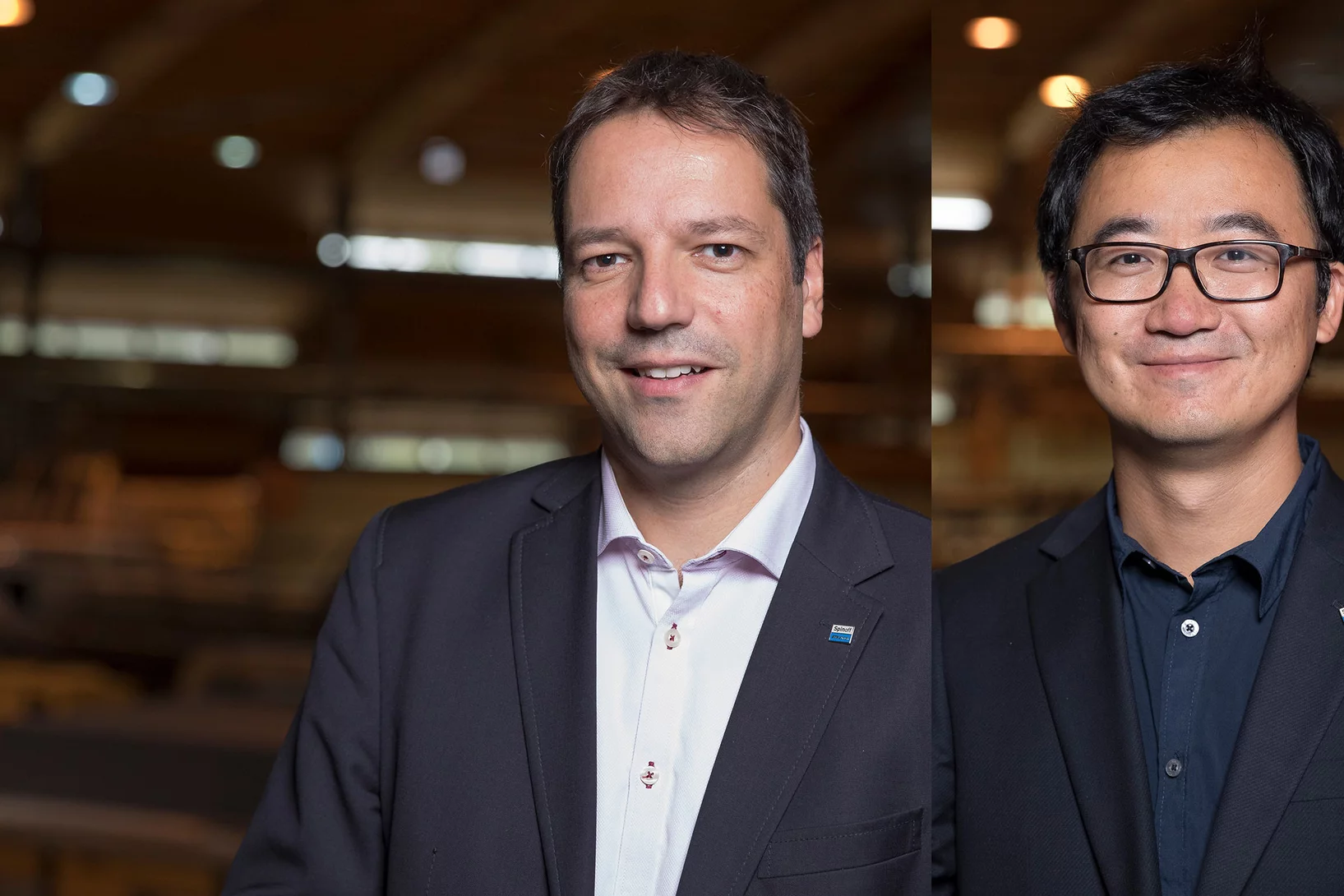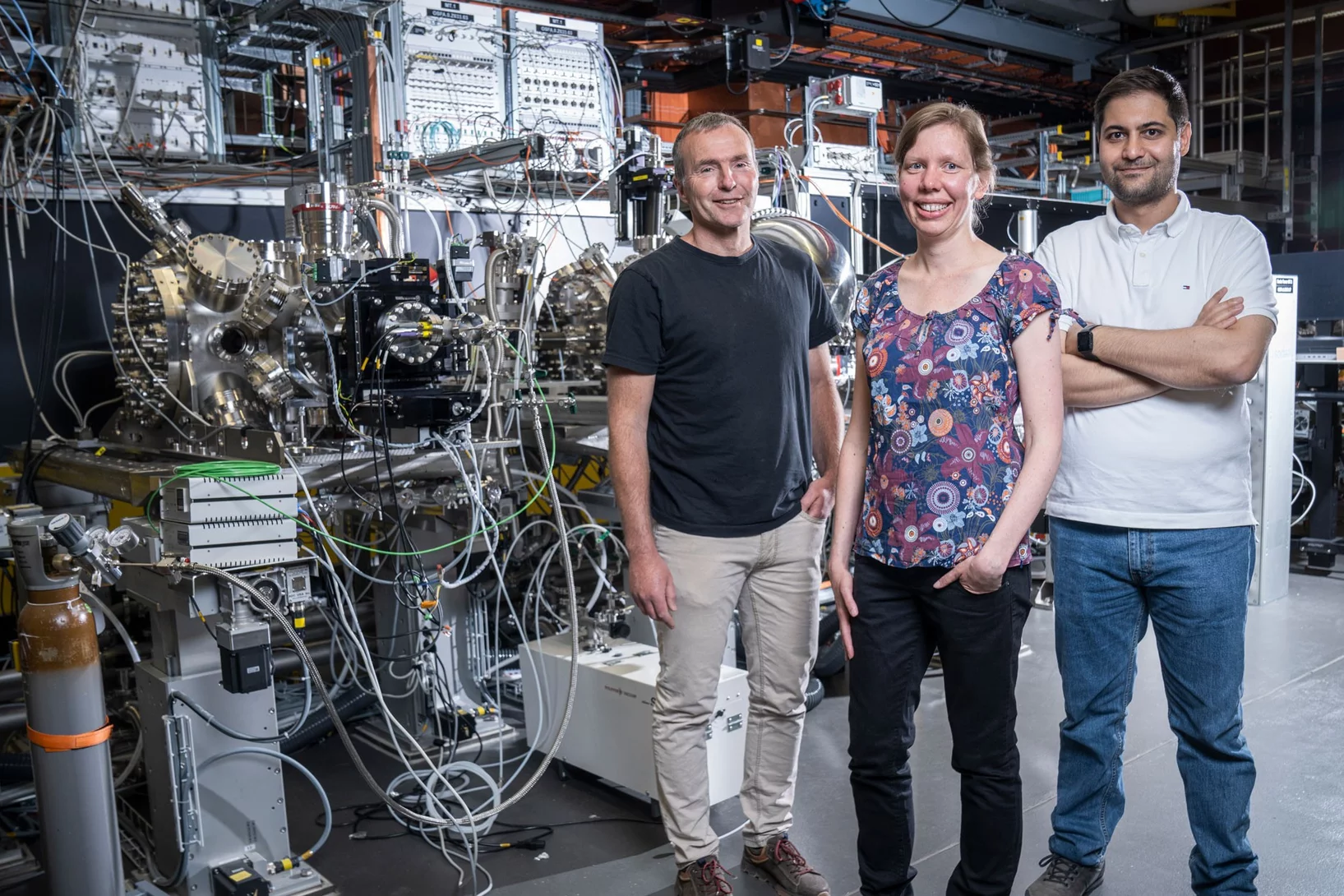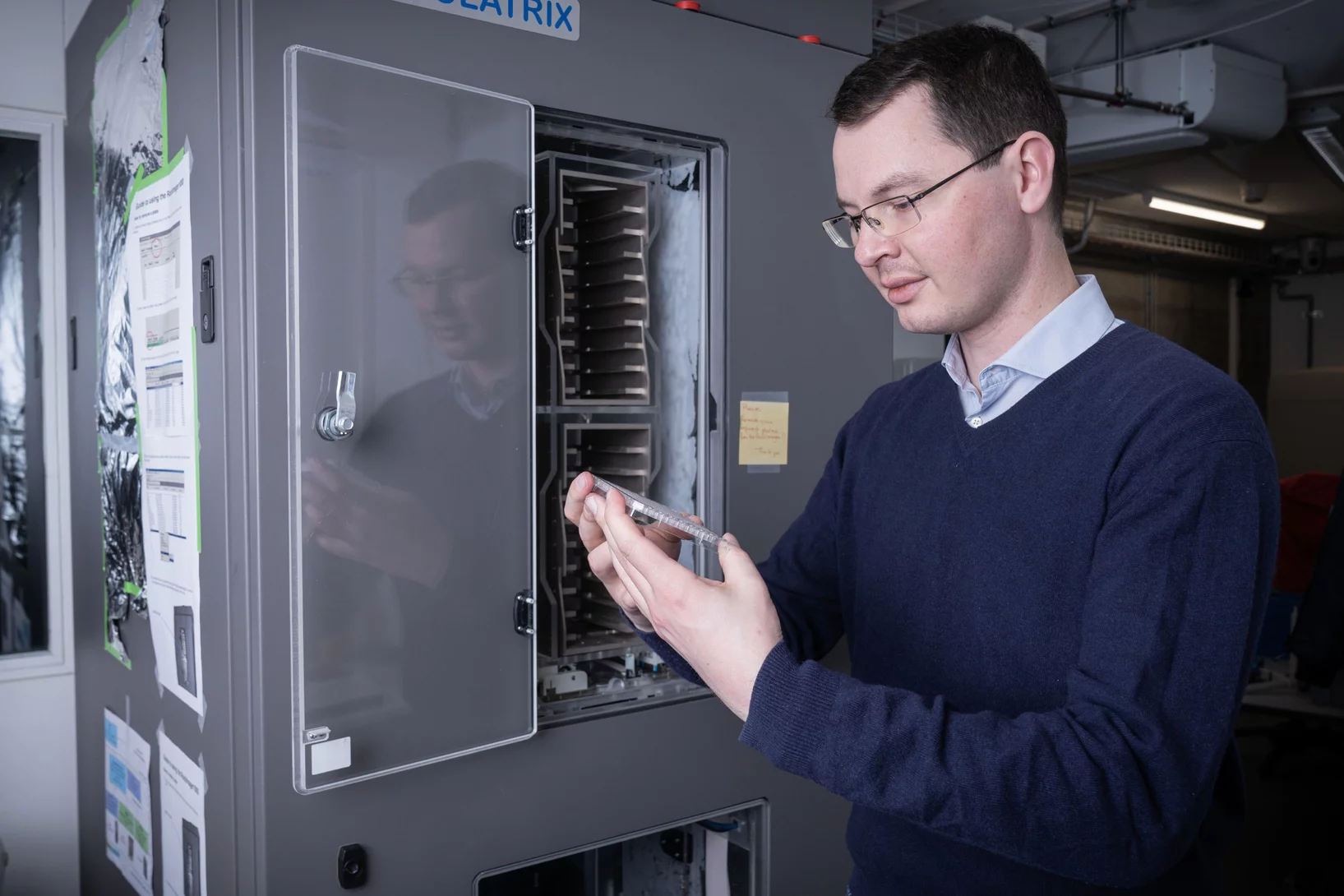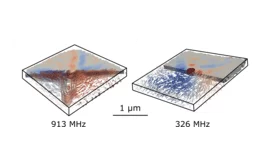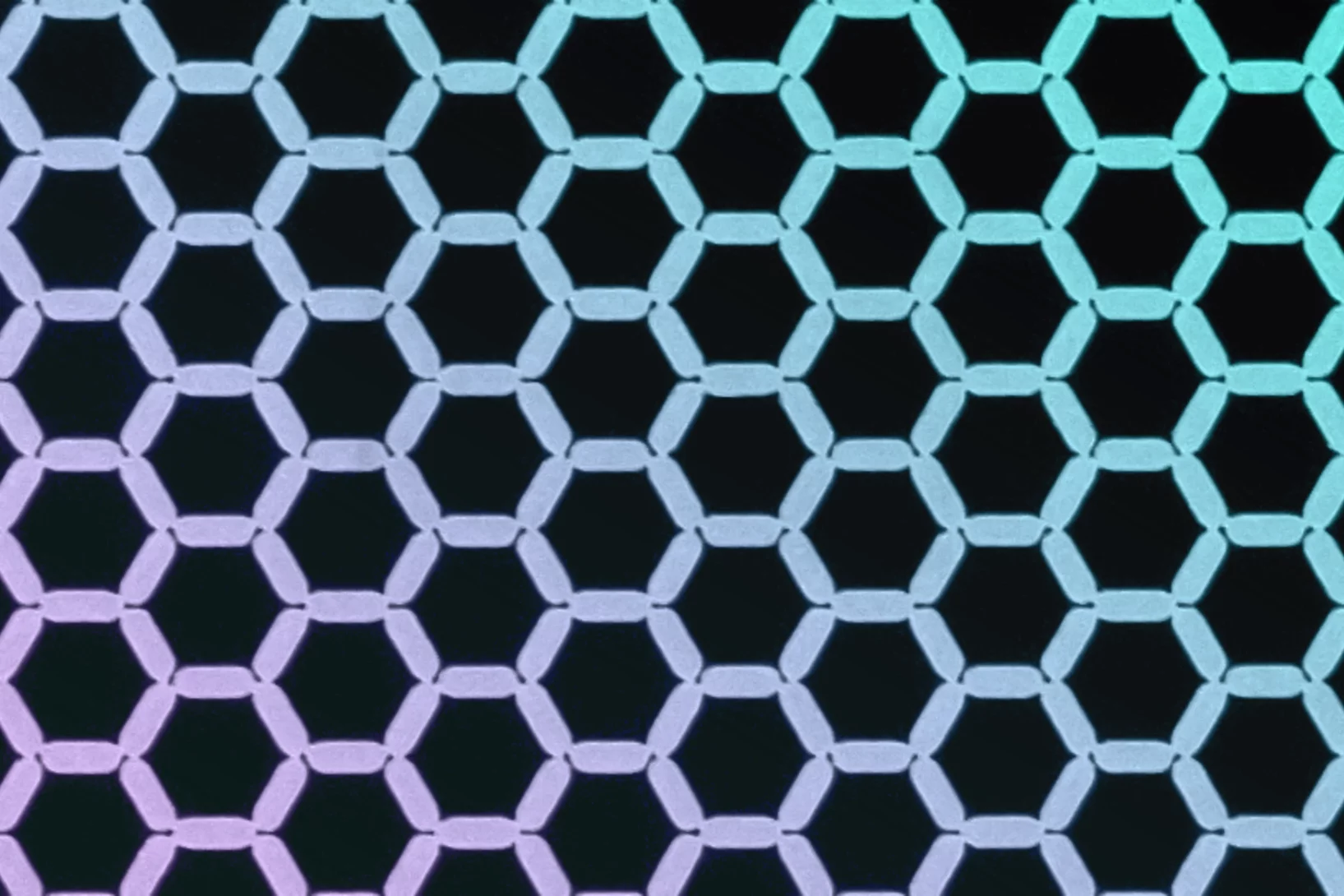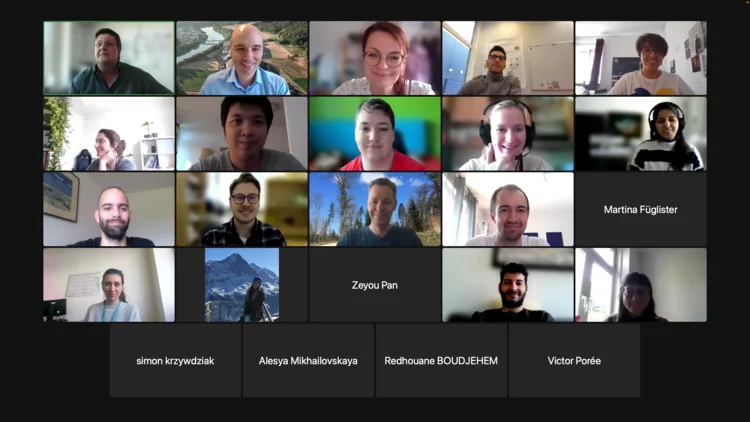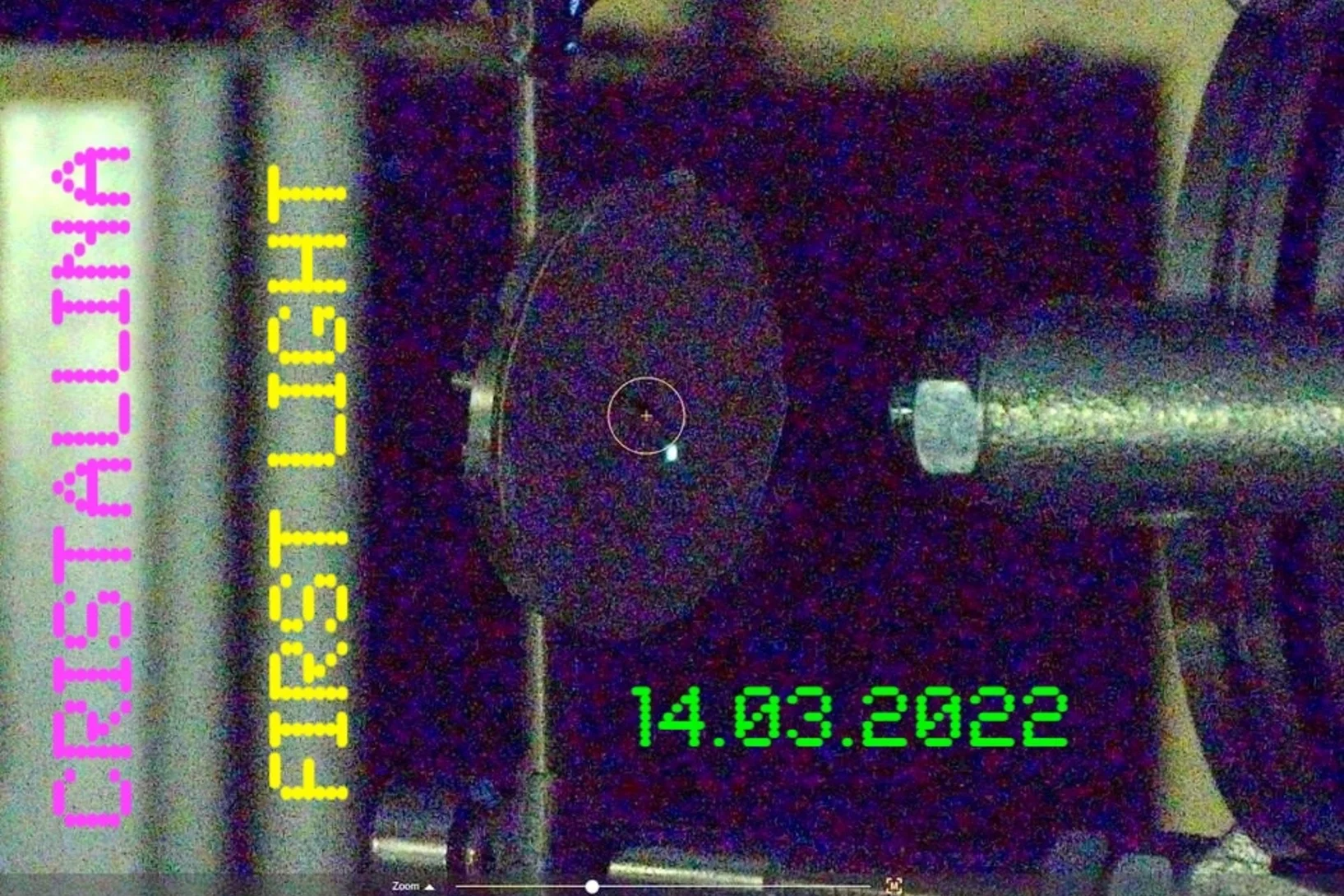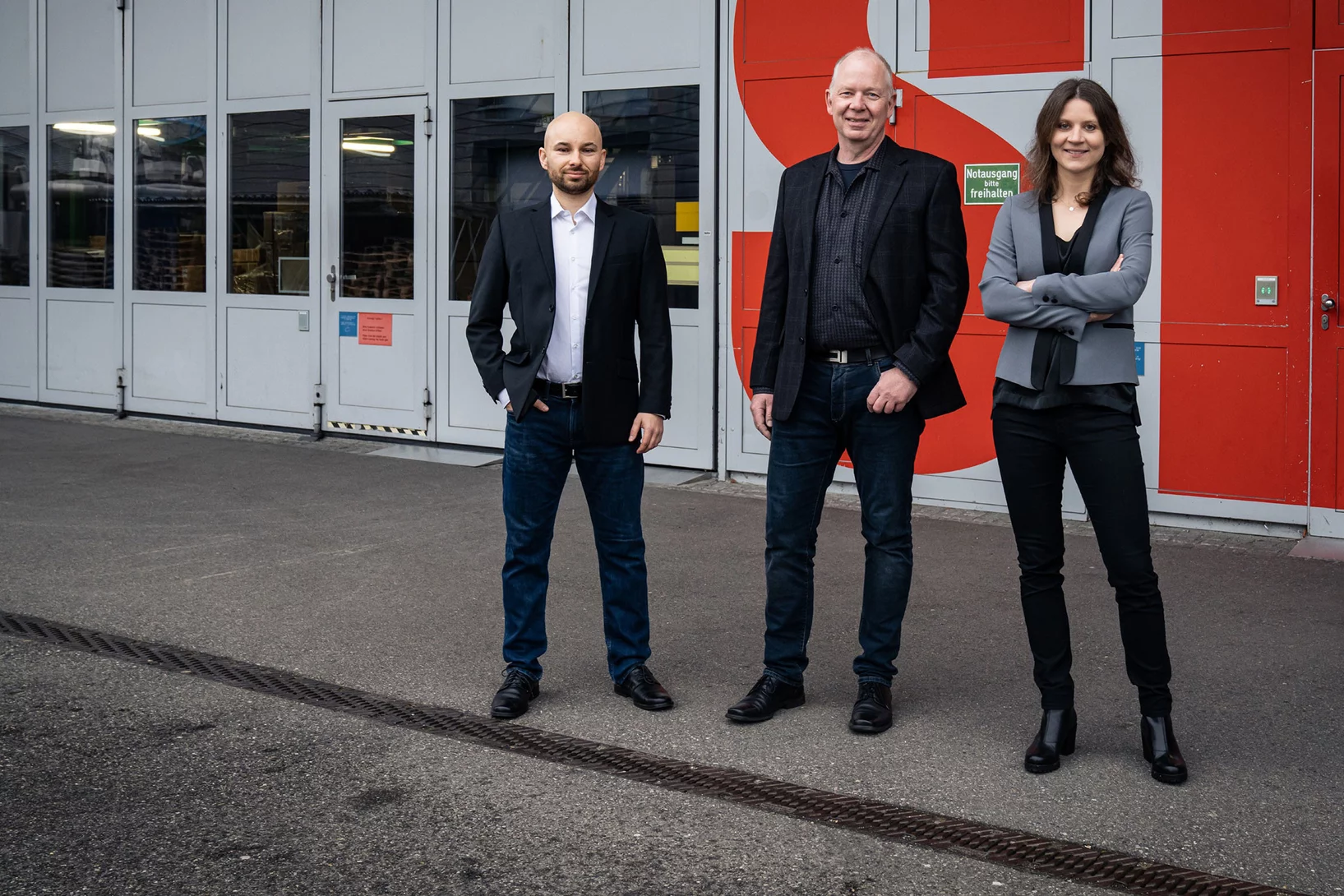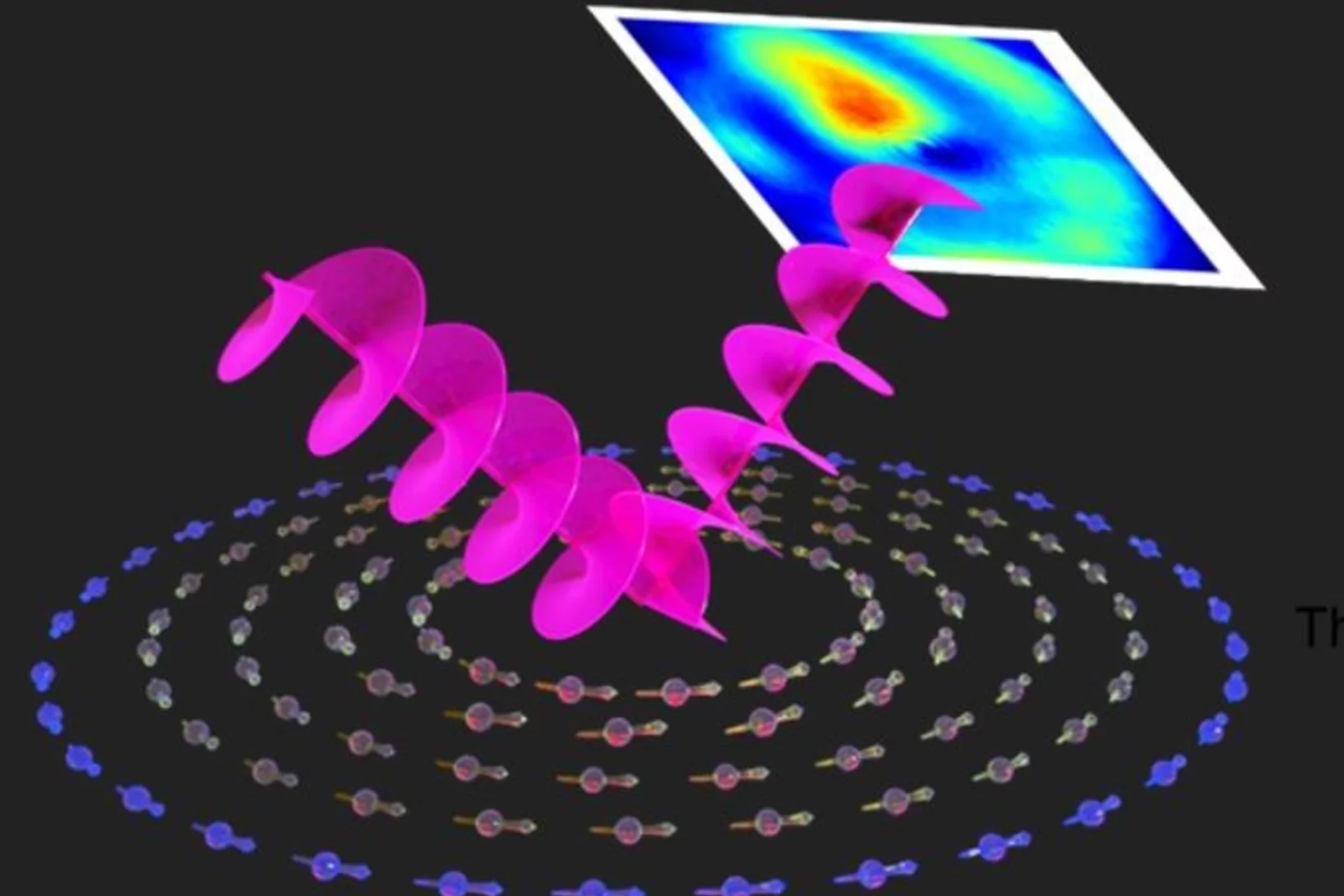On-track for SLS2.0: First magnet series measured
Successful measurement of the first 112 magnets puts the PSI magnet section on-schedule to measure all of the 1000+ magnets needed for SLS2.0 by July 2024.
PSI researcher Patrick Hemberger honored in the Rising Stars special issue in Energy & Fuels
To celebrate contributions of highly influential early and mid-career researchers in energy research, the journal Energy & Fuels established an annual recognition of Energy and Fuels Rising Stars.
«Excelsus» feiert zehnjähriges Jubiläum
Das PSI-Spin-off «Excelsus Structural Solutions» führt an der SLS Messungen im Auftrag von Kunden durch.
Dr. Manuel Guizar-Sicairos elected as SPIE Fellow member
Dr. Manuel Guizar-Sicairos was elected as a 2022 SPIE Fellow Member for his contributions to coherent lensless imaging, including ptychography and X-ray nano-tomography. The distinction was awarded in the SPIE’s Optics & Photonics conference in San Diego, California.
Nanomaterial aus dem Mittelalter
Das Geheimnis des Zwischgolds wurde am PSI gelüftet.
In situ alloying during additive manufacturing
In situ alloying is an effective method to engineer microstructures of additively manufactured Ti6Al4V3Fe alloys.
Alexander Grimm wins 2022 Nicholas Kurti prize
We are happy to announce that Alex has been awarded the 2022 Nicholas Kurti Science prize. The prize recognises his work on non-linear effects in Josephson junctions for quantum information processing.
Capturing control errors in quantum annealing
The real-world application of this type of quantum computing gets one step closer with a new method to capture errors while qubits are talking to each other.
Three PSI research facilities reveal magnetic crossover
Insights from the Swiss Muon Source, Swiss Spallation Neutron Source and Swiss Light Source reveal this coveted characteristic in an exotic layered material.
Ein Stück PSI-Geschichte geht auf grosse Fahrt
Auf zu neuen Ufern – eine Hightech-Komponente vom PSI befindet sich auf dem Seeweg nach Australien und soll künftig im Australian Synchrotron in Melbourne zum Einsatz kommen.
Seltsames Fossil ist nicht unser Vorfahre
Röntgenlicht löst ein Rätsel der menschlichen Abstammung
A new spin on sample delivery for membrane proteins
Proteins hover in front of the X-ray beam at a Swiss Light Source beamline. Now, spinning thin films bring on board these trickiest of proteins.
The chemical complex that regulates body zinc storage
Zinc deficiency compromises the immune system and is a global public health problem. Through experiments at the Swiss Light Source SLS and BESSYII, researchers gained new insights into zinc storage, with implications for understanding COVID-19 severity.
Lösung für das Unlösbare
PSI und ETH Zürich haben den Quantum-Computing-Hub gegründet. Spitzenforschende arbeiten dort gemeinsam an Konzepten für Quantencomputer.
Athos just got even better
An ambitious upgrade at the soft X-ray beamline of the free electron laser SwissFEL opens up new experimental capabilities.
Wasser besser verstehen
Potenzialkarte von Wassermolekülen erstellt
Spiegelbildliche Moleküle leichter unterscheiden
Mit schraubenförmigem Röntgenlicht lassen sich spiegelbildliche Substanzen – sogenannte Enantiomere – besser voneinander unterscheiden.
Reaction insights help make sustainable liquid fuels
Methanol made from CO2 in the air can be transformed into carbon neutral fuels. New mechanistic understanding aids development of this sustainable alternative.
Schneller und smarter
Das PSI bündelt seine Expertise bezüglich der Auswertung von Forschungsdaten im neuen Forschungsbereich Computergestützte Wissenschaften, Theorie und Daten.
«Wenn man in einer gewissen Position ist, sollte man sich nicht verstecken»
Kirsten Moselund leitet das neue Labor für Nano- und Quantentechnologien. Im Interview spricht sie über die Quantenforschung am PSI und wie die Nanophotonik dabei helfen kann.
Spin keeps electrons in line in iron-based superconductor
Electronic nematicity, thought to be an ingredient in high temperature superconductivity, is primarily spin driven in FeSe finds a study in Nature Physics.
Nominiert: Präzises Röntgen von Brustgewebe
Mit hochauflösendem Röntgen dem Brustkrebs auf der Spur – PSI-Forschende sind für den Europäischen Erfinderpreis nominiert.
New SwissFEL soft X-ray endstation welcomes first users
Maloja is go. First user experiments mark a double first, not only for the Maloja endstation but also for the second beamline of SwissFEL, Athos.
So findet man Wirkstoffe gegen Krebs
PSI-Forschende haben eine neue Substanz entwickelt, die ein lebenswichtiges Protein im Zellskelett lahmlegt.
Into the fourth dimension: time-resolved soft X-ray laminography
Combining time-resolved soft X-ray STXM imaging with magnetic laminography, researchers were able to investigate magnetization dynamics in a ferromagnetic microstructure resolved in all three spatial dimensions and in time. Thanks to the possibility of freely selecting the frequency of the excitation applied to the magnetic element, this technique opens the possibility to investigate resonant magneto-dynamical processes, such as e.g. magnetic vortex core gyration and switching, and spinwave emission.
Blick in die magnetische Zukunft
PSI-Forschende beobachten erstmals spezifisches Verhalten von magnetischem Eis.
Hercules School 2022
PSI hosted again the Hercules School in March 2022. We had the pleasure to welcome 20 international PhD students, PostDocs and scientists to demonstrate our state-of-the-art techniques and methodologies at our large scale facilities, the Swiss Light Source (SLS), the Swiss Spallation Neutron Source (SINQ) and our free electron laser SwissFEL.
SwissFEL Cristallina "first light" milestone achieved
First X-rays have reached the SwissFEL Cristallina experimental station on 14.03.2021 which is one day ahead of schedule. The achievement of this important milestone marks the beginning of the commissioning phase of the Cristallina project.
Neuartige Röntgenlinse erleichtert Blick in die Nanowelt
Erstmals gibt es nun eine achromatische Linse auch für Röntgenlicht – entwickelt am PSI.
Light springs and magnetic vortices: a new kind of dichroism
In contrast to circular dichroism that is dependent on the polarization, helicoidal dichroism induced by a twisted wave front profile is scarcely known. The first evidence of magnetic helicoidal dichroism has now been observed in an experiment using Spiral Fresnel Zone Plates developed at the Paul Scherrer Institut.
